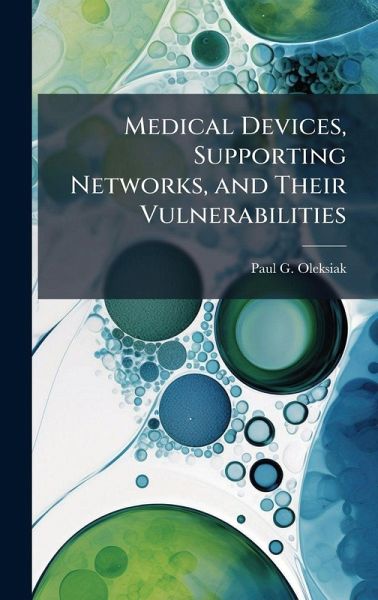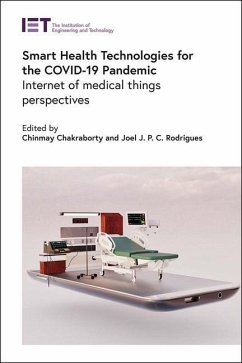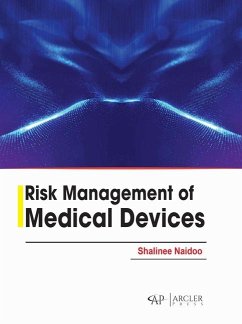
Medical Devices, Supporting Networks, and Their Vulnerabilities
Versandkostenfrei!
Versandfertig in über 4 Wochen
28,99 €
inkl. MwSt.
Weitere Ausgaben:

PAYBACK Punkte
14 °P sammeln!
With the implementation of "one Air Force, one network" under way it is important to look at how the Air Force plans to incorporate the medical field and its unique systems, networks, and mission. The medical field presents distinctive problems not seen in other areas. Open network vulnerabilities in the medical information systems not only pose a problem for the individual, but to the military service also. Possible security holes provide both access to vital military and personal information (end strength numbers, current status of personnel, social security), and a door way into the "networ...
With the implementation of "one Air Force, one network" under way it is important to look at how the Air Force plans to incorporate the medical field and its unique systems, networks, and mission. The medical field presents distinctive problems not seen in other areas. Open network vulnerabilities in the medical information systems not only pose a problem for the individual, but to the military service also. Possible security holes provide both access to vital military and personal information (end strength numbers, current status of personnel, social security), and a door way into the "network". Intruders now can possibly access command and control systems and other weapon systems. This research provides insight into the current and future information initiatives dealing with the Air Force's medical field and the Department of Defense's approach to system security. This research additionally looks at the laws and regulations dealing with privacy and ethical issues. This purview starts with the recently enacted Healthcare Insurance Portability and Accountability ACT (HIPPA), and concludes with the Laws of Armed Conflict. The research questions were answered through the use of a Case Study and a comprehensive literature review. The medical and network support teams from two Air Force medical facilities were the basis of this study. This work has been selected by scholars as being culturally important, and is part of the knowledge base of civilization as we know it. This work was reproduced from the original artifact, and remains as true to the original work as possible. Therefore, you will see the original copyright references, library stamps (as most of these works have been housed in our most important libraries around the world), and other notations in the work. This work is in the public domain in the United States of America, and possibly other nations. Within the United States, you may freely copy and distribute this work, as no entity (individual or corporate) has a copyright on the body of the work. As a reproduction of a historical artifact, this work may contain missing or blurred pages, poor pictures, errant marks, etc. Scholars believe, and we concur, that this work is important enough to be preserved, reproduced, and made generally available to the public. We appreciate your support of the preservation process, and thank you for being an important part of keeping this knowledge alive and relevant.












